Astronomers using the James Webb Space Telescope (JWST) have found something in space that shouldn’t exist — and it has subsequently changed the way scientists are now thinking about how galaxies are formed.
According to this team of researchers, they discovered an interesting dwarf galaxy that truly shouldn’t be possible. Yet somehow, it does.
Discovering PEARLSDG

Assistant Research Scientist Tim Carleton of Arizona State University led this team of astronomers in their discovery of a new dwarf galaxy called PEARLSDG.
They discovered this dwarf galaxy by using the JWST. Surprisingly, they were looking for something else entirely. This galaxy wasn’t their primary target to observe. Yet once they saw it, they decided to look a little further.
About Dwarf Galaxies

Dwarf galaxies are very interesting to astronomers, as they are considered to be the most abundant types of galaxies in the entire universe.
Gravity binds galaxies, and all their stars and planets, together. Gas, dark matter, and clouds of dust also encompass a galaxy. While there are obvious similarities between regular galaxies and dwarf galaxies, dwarf ones are very small. They have about 100 million stars, on average. The Milky Way, by comparison, has about 200 billion stars.
A Unique Dwarf Galaxy
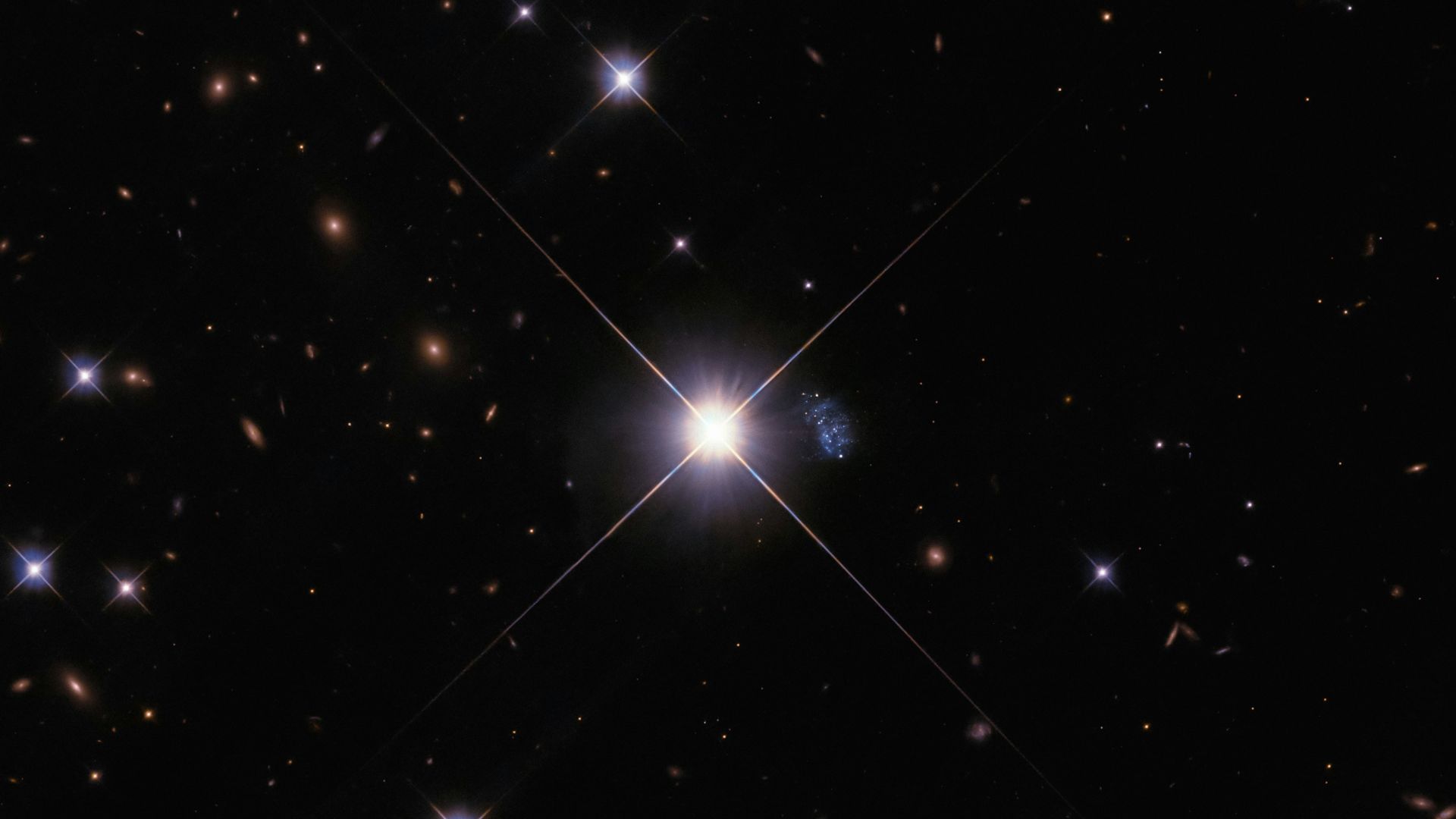
The astronomers part of this groundbreaking study were initially studying a cluster of galaxies in the area. However, they ended up seeing PEARLSDG in some of the images.
They weren’t expecting to see anything in this area of space, so they were already surprised when they began to look at this dwarf galaxy. Then, they began to realize something was very unique about PEARLSDG.
An Isolated Galaxy
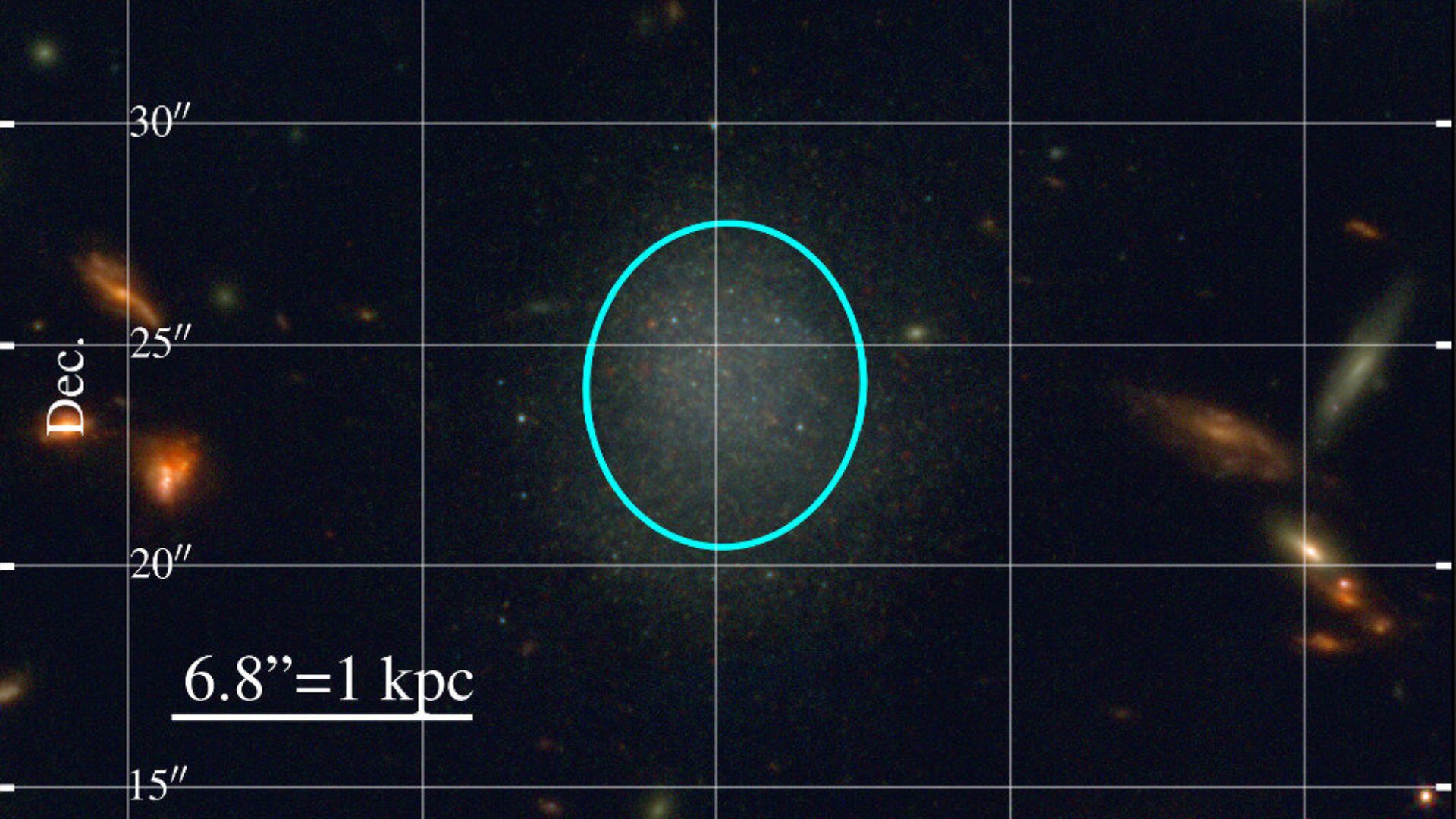
According to these scientists, PEARLSDG doesn’t have the normal characteristics that other known dwarf galaxies do.
Scientists found that this dwarf galaxy isn’t interacting with any other nearby galaxies. It also isn’t forming any new stars. As a result, they’ve claimed that this galaxy is isolated — and very interesting.
A New Type of Dwarf Galaxy?
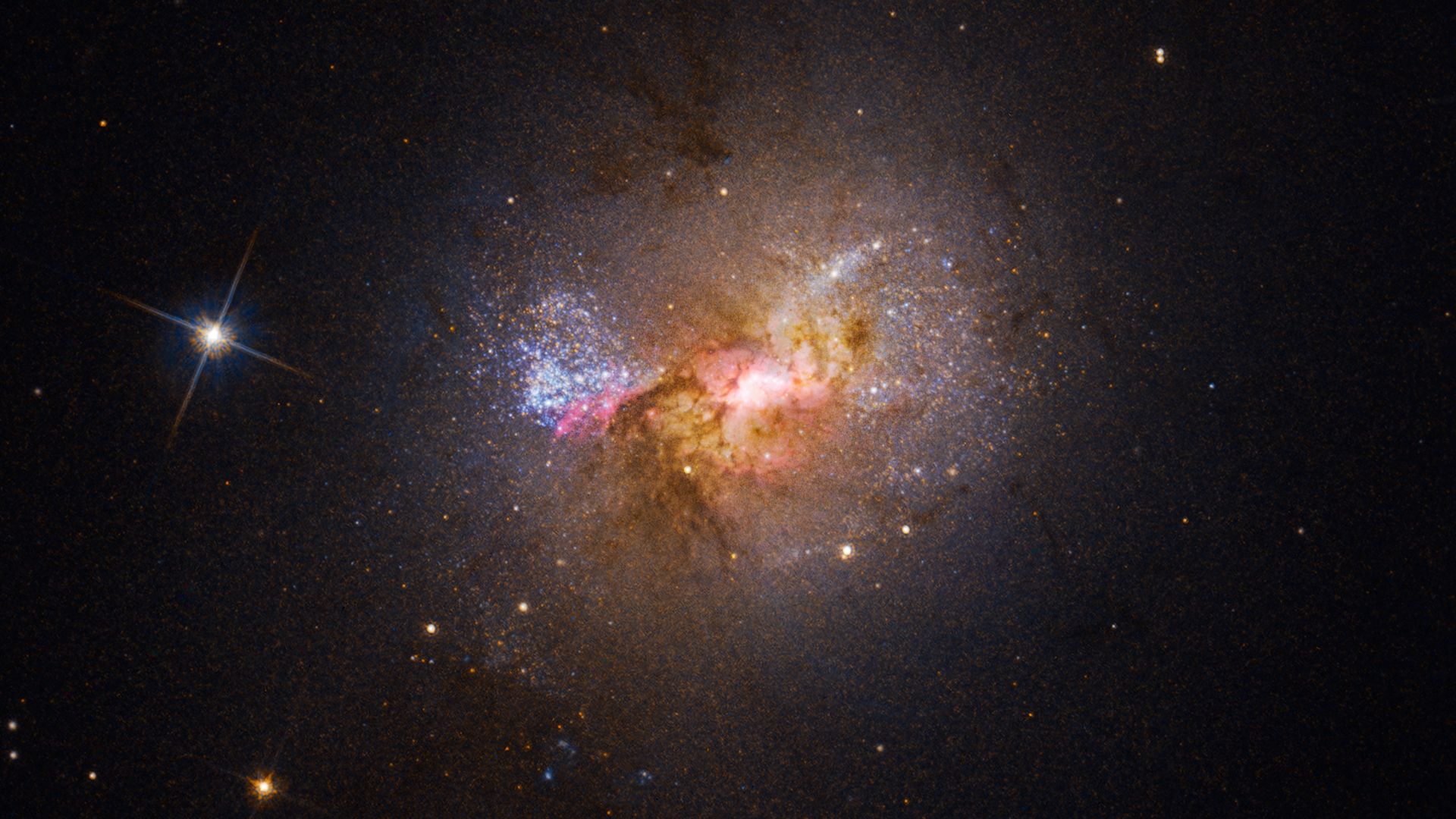
Carleton and his team explained that this type of galaxy shouldn’t exist, as it doesn’t have any of the other characteristics normally seen in dwarf galaxies.
Carleton said, “These types of isolated quiescent dwarf galaxies haven’t really been seen before except for relatively few cases. They are not really expected to exist given our current understanding of galaxy evolution, so the fact that we see this object helps us improve our theories for galaxy formation. Generally, dwarf galaxies that are out there by themselves are continuing to form new stars.”
About Galaxy Evolution

Before this discovery, astronomers have theorized that galaxies considered to be isolated — not interacting with a nearby galaxy — continue to form new stars.
If a galaxy is not forming new stars, then it is interacting with a nearby galaxy, often a much bigger galaxy. However, PEARLSDG didn’t meet any of these characteristic requirements of a galaxy.
A Galaxy Behaving Badly
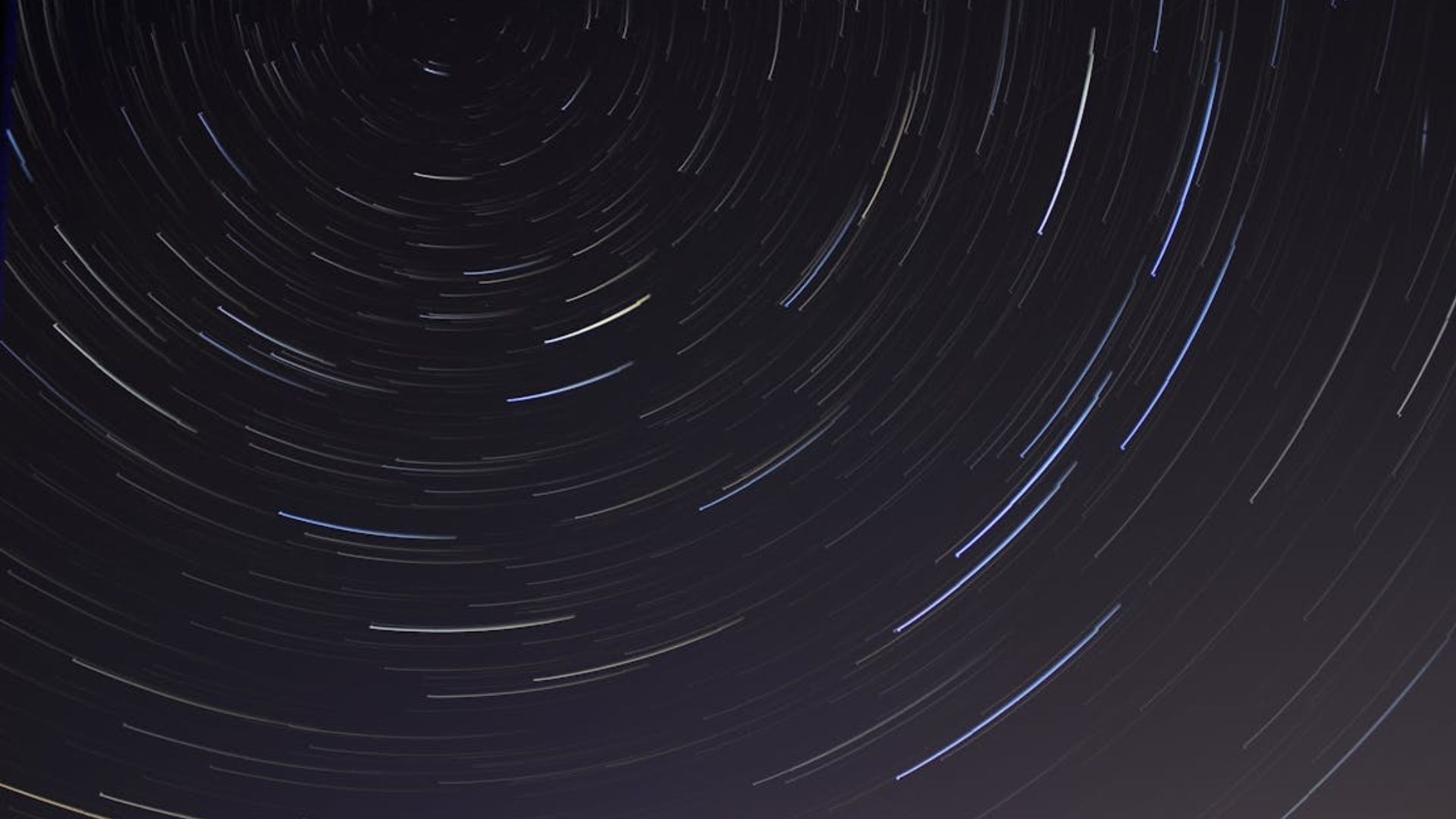
PEARLSDG is not behaving in line with other galaxies because it is not forming new stars or gravitationally interacting with larger galaxies.
Carleton writes in the paper: “A wealth of observations has long suggested that the majority of isolated classical dwarf galaxies are currently star forming. Recent observations of the large abundance of “ultra-diffuse galaxies” beyond the reach of previous large spectroscopic surveys suggests that our understanding of the dwarf galaxy population may be incomplete.”
PEARLSDG Defies Dwarf Galaxy Formation
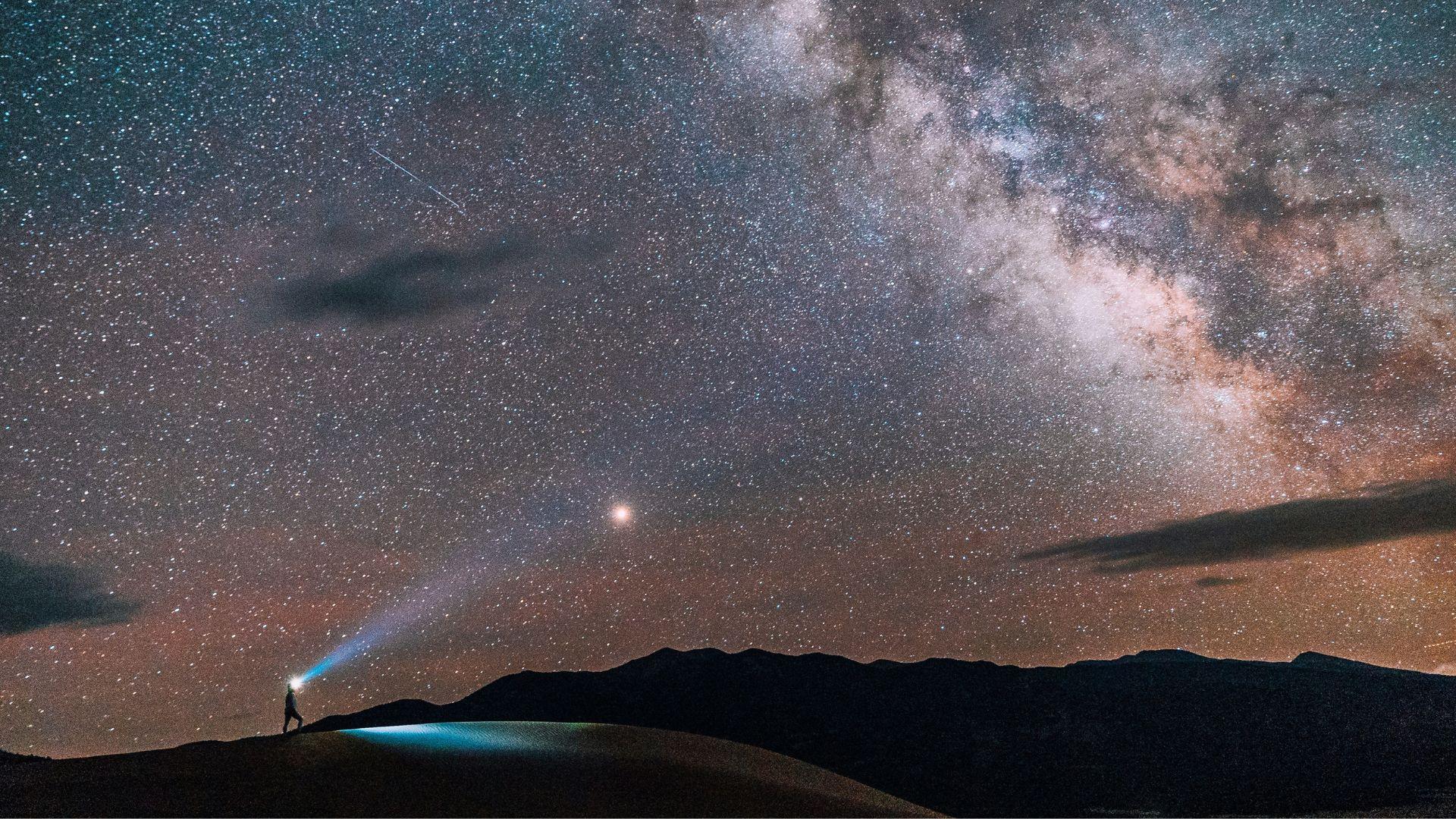
Carleton explains: “Internal processes and external processes have been used to explain how gas can be removed from the galaxy. Once the gas is gone, star formation stops as well.
“[PEARLSDG’s] internal processes aren’t thought to be strong enough to remove gas, so interactions with other galaxies or groups of galaxies are thought to be the only way that gas is removed from the galaxy and star formation is shut down.”
A Galaxy Very Far Away
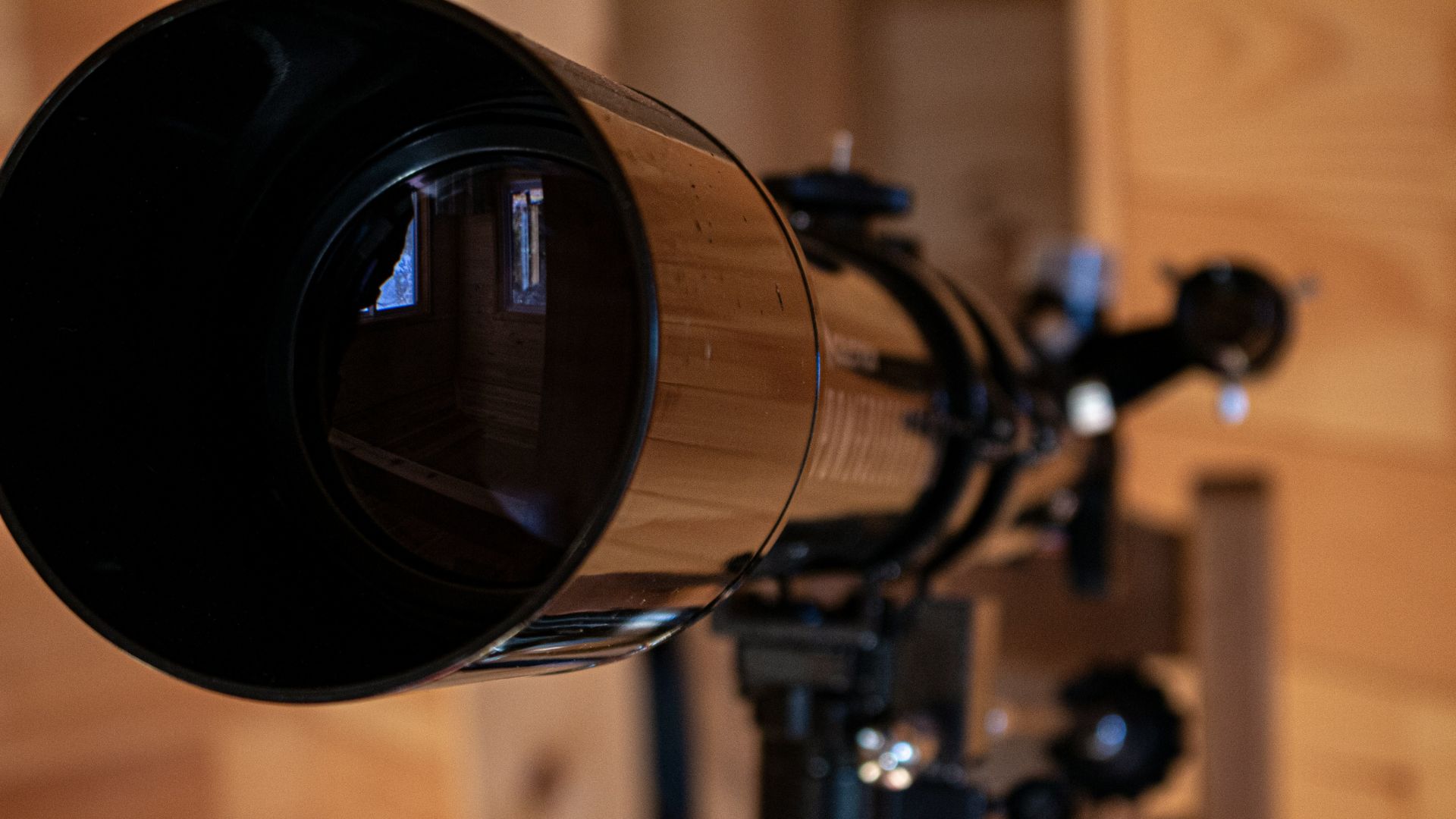
The team further realized they were able to see individually bright stars within these JWST images of PEARLSDG.
As a result, they’ve realized it’s one of the farthest galaxies from us that allows us to still see stars in detail. They believe PEARLSDG is about 98 million light-years away.
Discovering No New Stars
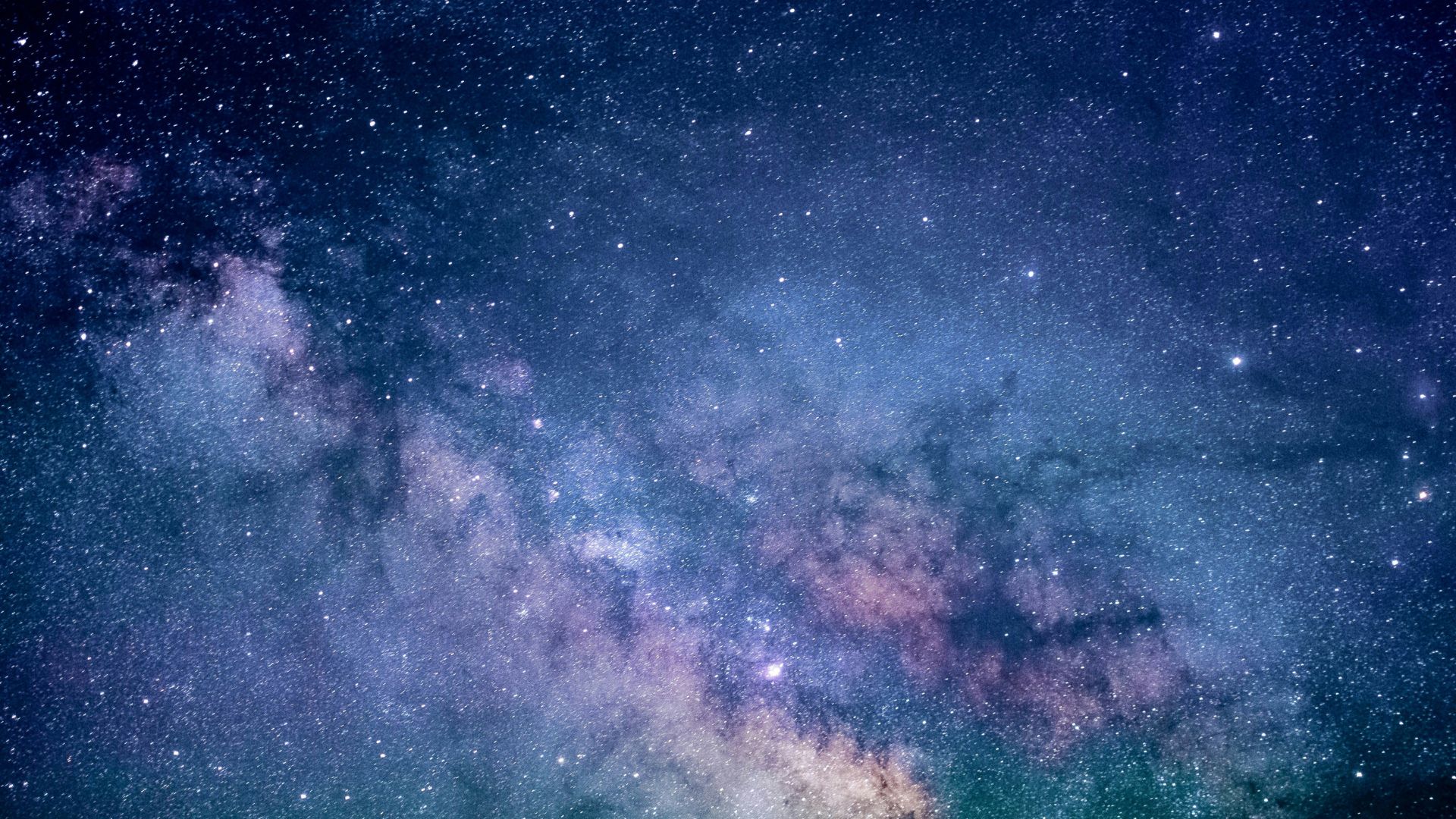
Astronomers were able to discover that this dwarf galaxy wasn’t creating or forming any new stars thanks to how they viewed the galaxy using ultraviolet, optical, and infrared wavelengths.
By using these methods, they can see new stars that have a certain color signature. This galaxy had none of these colors — which led them to realize it wasn’t creating any new stars, something they’d never seen before.
An Amazing Find
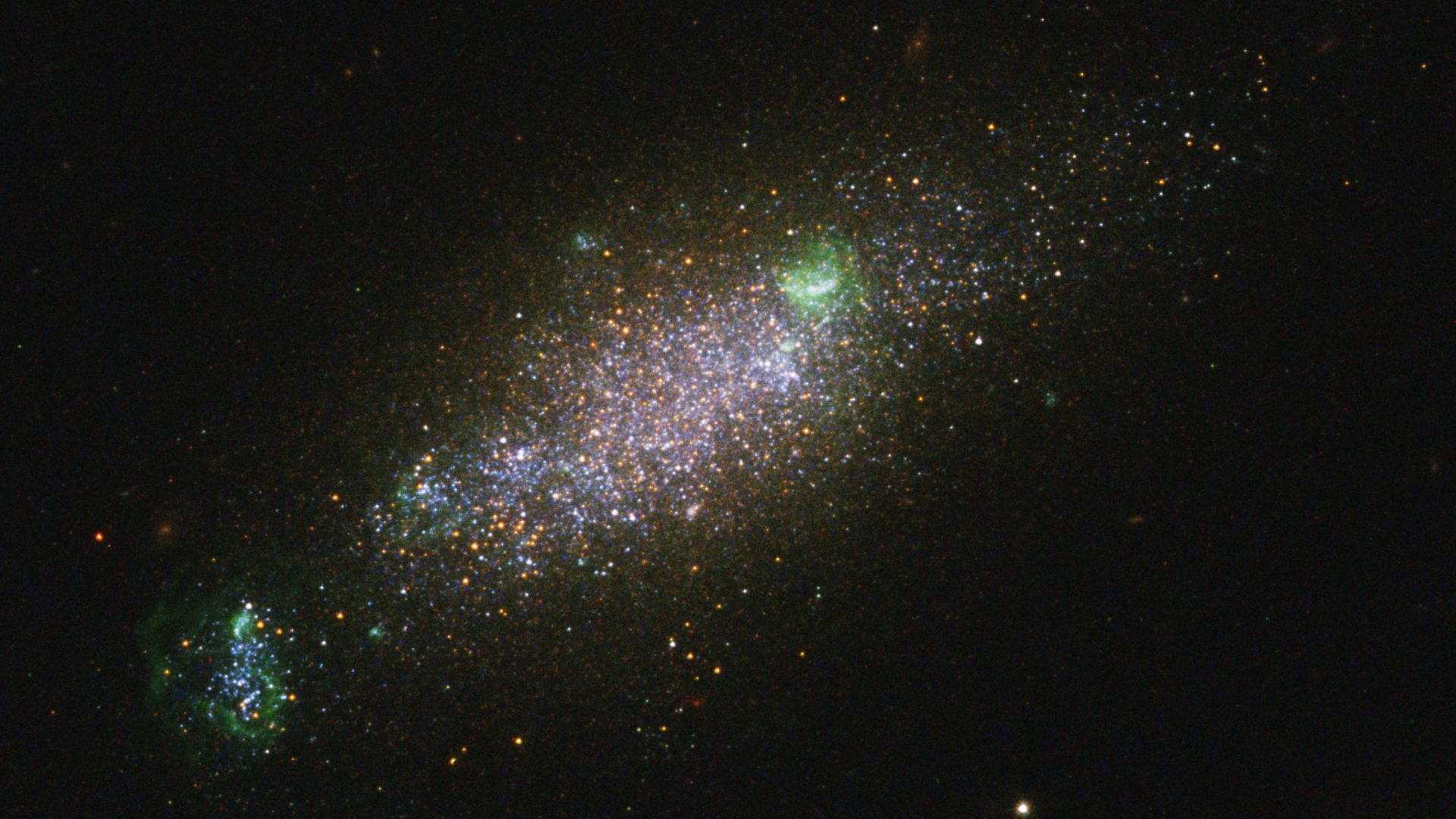
Carleton opened up about how this amazing find completely goes against what they — and every other astronomer out there — would’ve expected to find when analyzing a dwarf galaxy.
“This was absolutely against people’s expectations for a dwarf galaxy like this,” Carleton explained.
The Stars Inside the PEARLSDG Galaxy
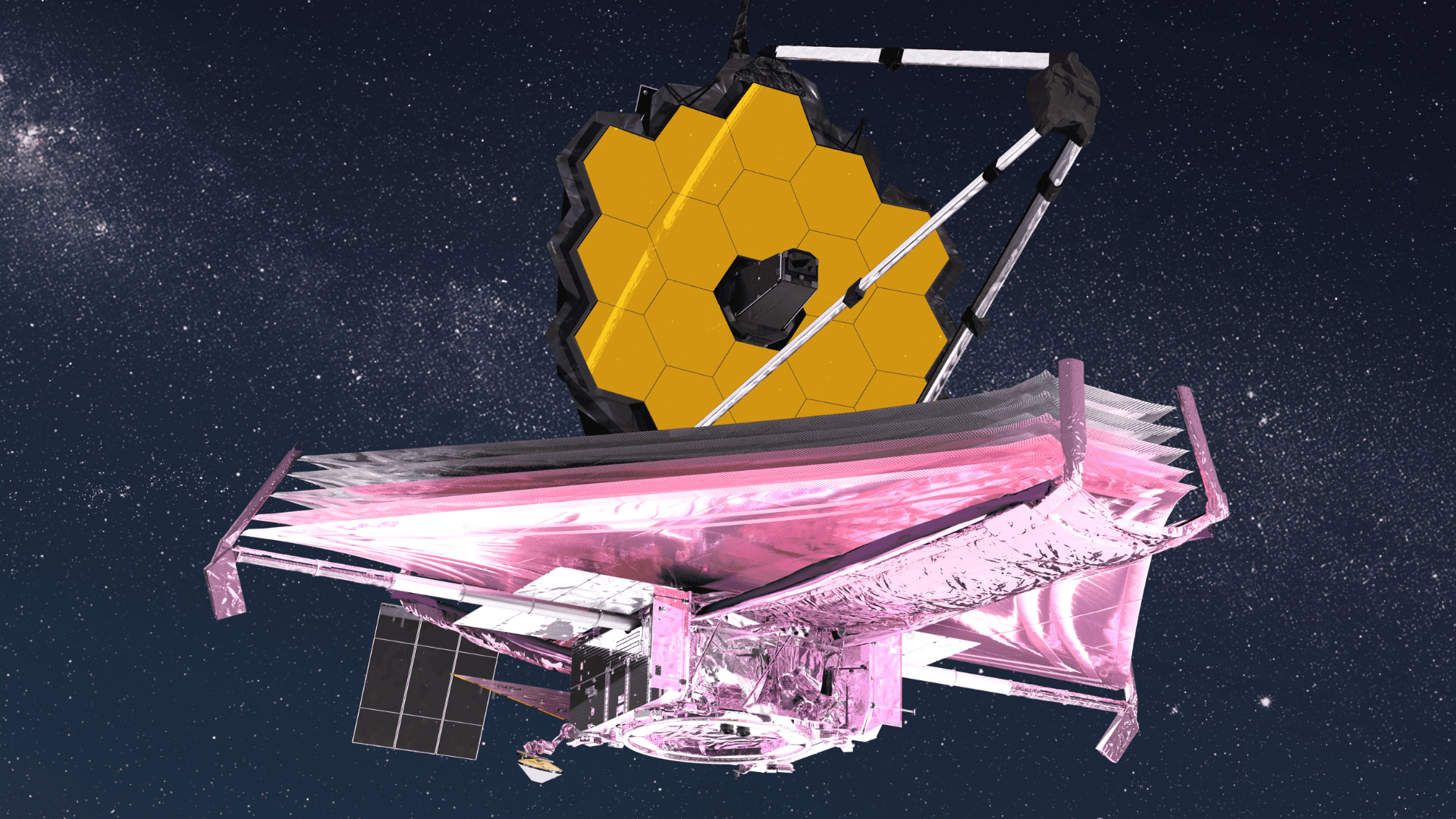
The stars found inside the PEARLSDG are some of the most distant that have ever been observed.
Using imaging data ranging from ultraviolet, optical, and infrared wavelengths, the researchers studied the colors of the stars. The stars do not have the colors of newly formed stars, showing that the galaxy is not producing any. Using the Doppler effect, the PEARLSDG was shown to be solitary.
A Change in Astronomy
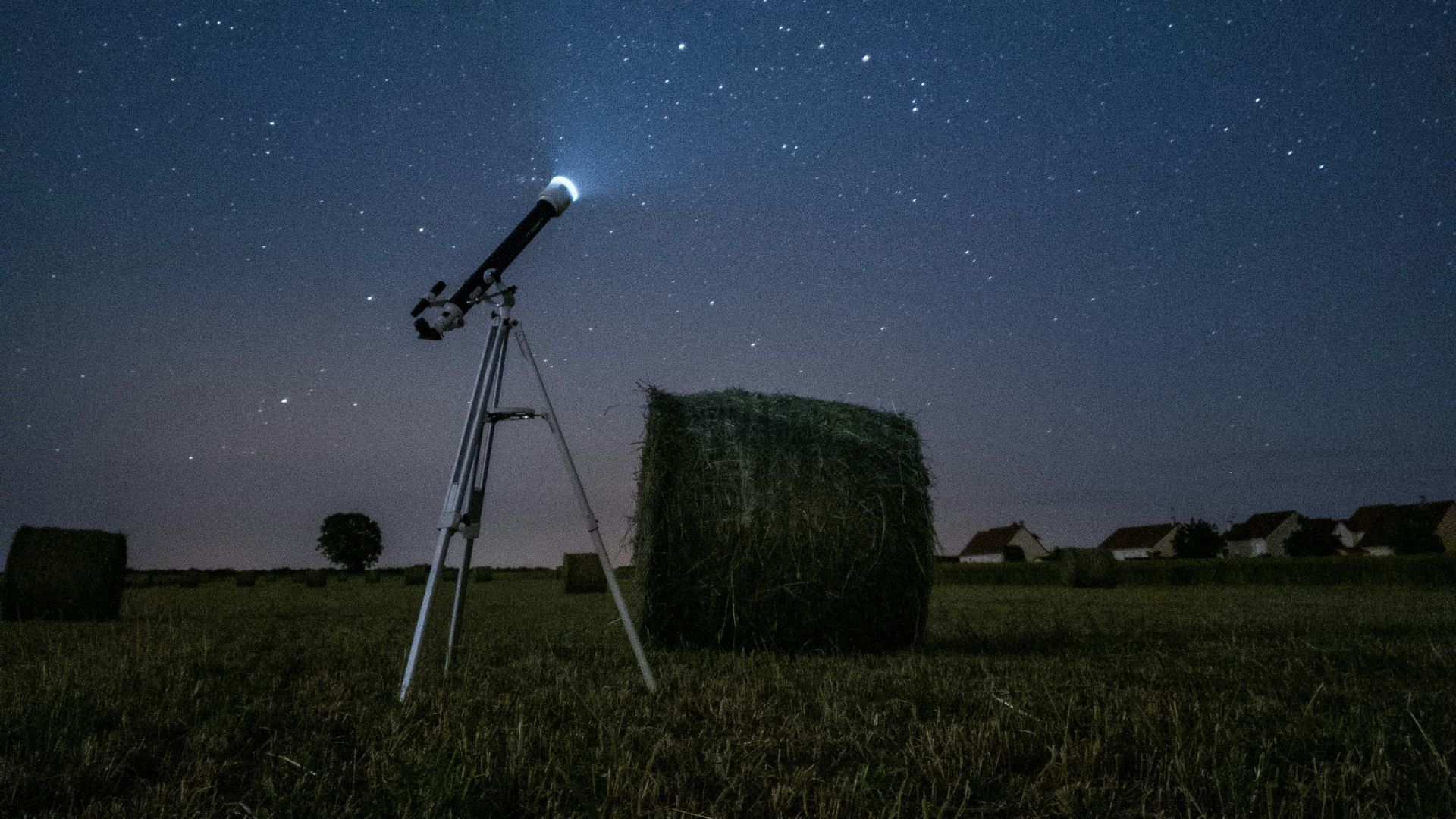
Thanks to this remarkable discovery, astronomers are already changing what they thought they knew about how galaxies, particularly dwarf galaxies, can both form and evolve over time.
This also has led many scientists to believe that there may be more isolated galaxies out there in space, similar to PEARLSDG, just waiting to be found. Now, thanks to the JWST, they can actually find them.
JWST’s Latest Findings

Astronomers have long applauded the creation of the JWST, as it has been able to help educate scientists about space — and change the way they view physics and the universe.
This latest discovery further highlights how the JWST can help scientists learn more about space and galaxies.
What Is So Special About the JWST?
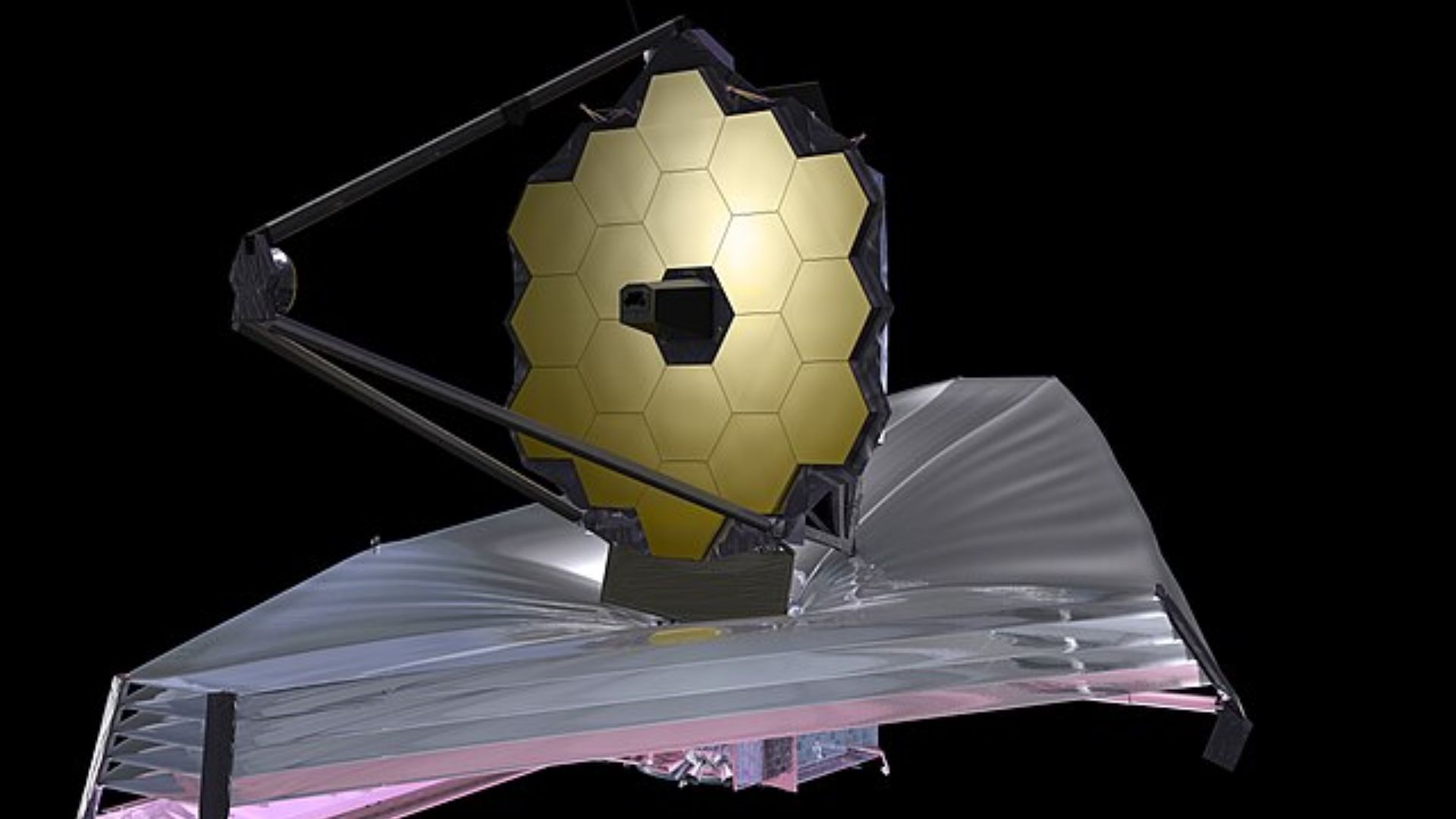
What is the difference between the telescopes that could only observe a blurry red speck, and the JWST, that led to the unveiling of a new dwarf galaxy?
The JWST’s Near Infrared Camera has very high angular resolution and sensitivity, allowing the team to see individual stars in far-off galaxies. This technology was the icing on the cake that brought together the range of imaging data the research team compiled.
PEARLSDG Is Not the Only Recent Discovery

In the journal Nature, a research team led by Karl Glazebrook from Swinburne University of Technology, Melbourne, published an article about the discovery of a bright red speck they found in a space photo.
The light has been named JWST-7329 and is 11.5 billion years old. Most poignantly, it does not make any sense for it to be there. Scientists remain baffled over its reason for being there.
The Red Light That Should Not Exist

The red JWST-7329 speck of light has baffled the scientific community as it is thought to come from an ancient assembly of stars that may have formed around 13 billion years ago.
The reason it does not make sense is because there was not enough dark matter in the early universe to allow the formation of this red light. It is yet another galaxy discovered by JWST that should not exist.
These Have Only Been Discovered Because of the JWST
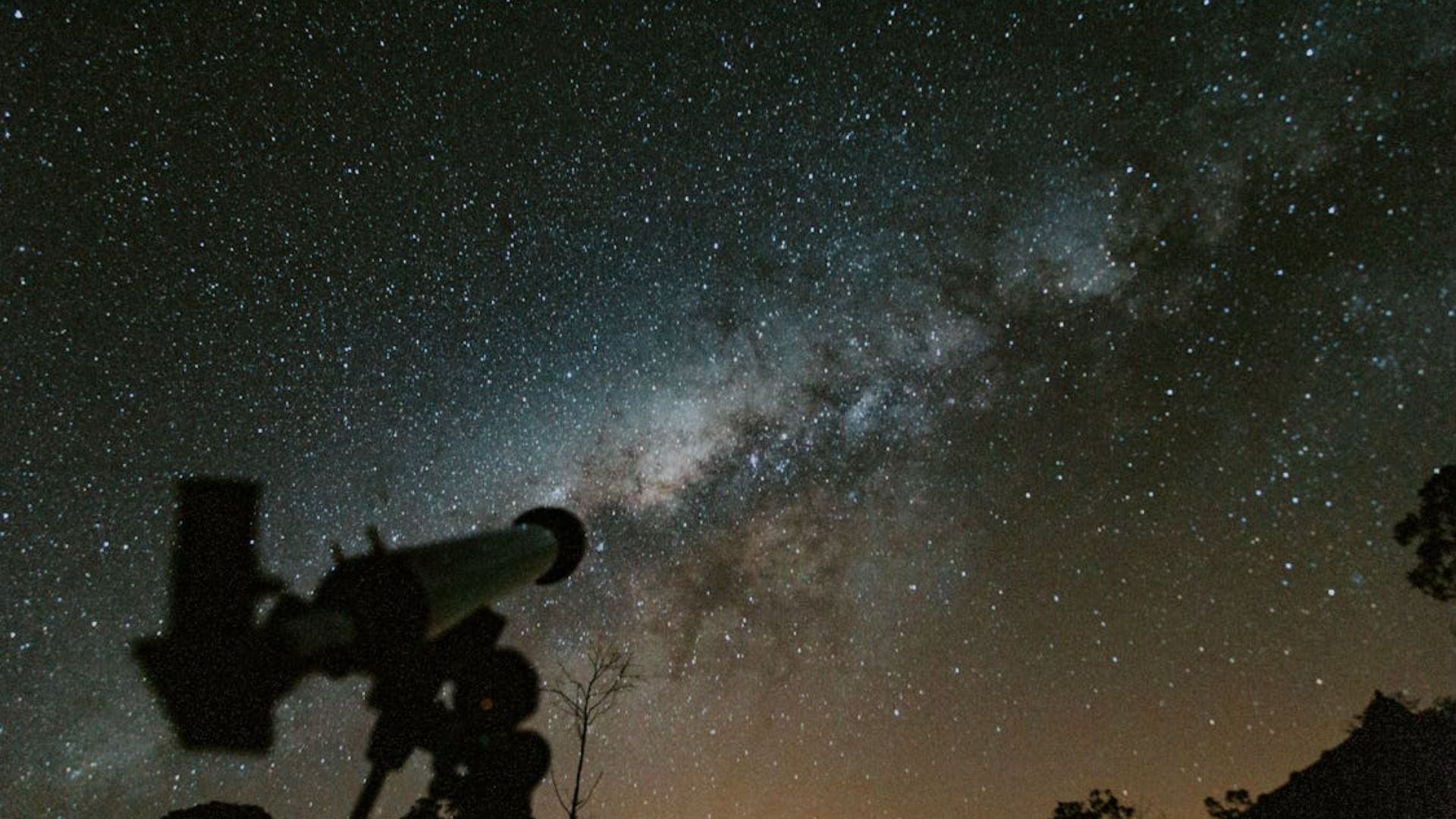
The only reason scientist have been able to find these dwarf galaxies is because of the use of the JWST.
Before this year, the JWST-7329 was under seven long years of observation using the grounded Keck telescope in Hawaii and Very Large Telescopes in Chile. All they were able to see before the use of the JWST was a faint red smudge.
Other Technology Has Played a Role

The JWST is not the only telescope that the team used in uncovering the PEARLSDG galaxy.
They also used data from the DeVeny Optical Spectrograph on the Lowell Telescope in Arizona. The team also took advantage of archival imaging from NASA’s Galaxy Evolution Explorer (Galex), the Spitzer, ground-based imaging from the Sloan Digital Sky Survey, and the Dark Energy Camera Legacy Survey.
Incredible Technology
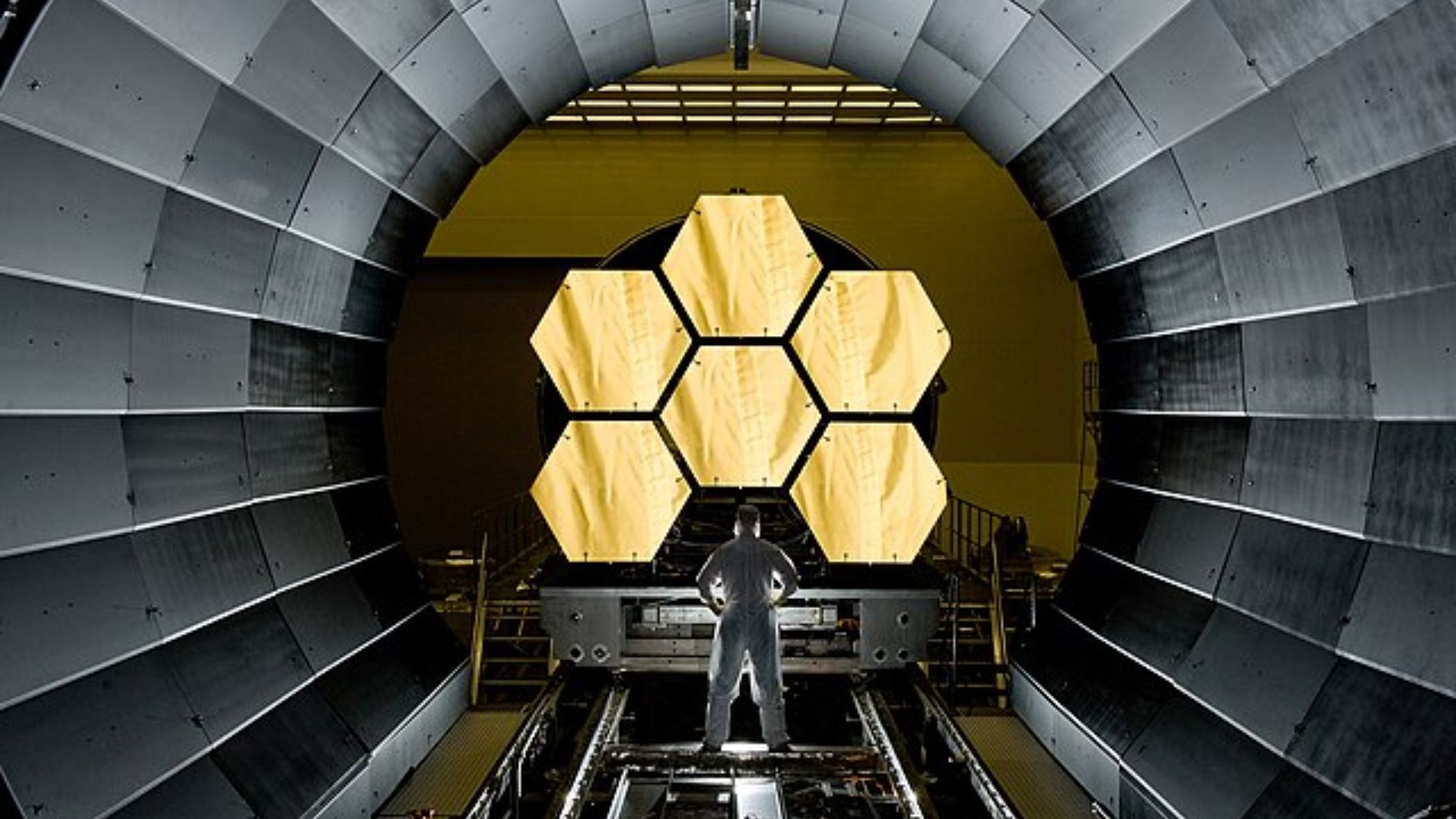
The JWST is proving to be pioneering technology that is making scientists reconsider the makeup of the universe as we know it. It is facilitating discoveries that would have been impossible otherwise.
Glazebrook told Cosmos magazine: “NASA’s James Webb Space Telescope, it’s been such an incredible thing. I’ve been wanting it for the last 30 years and it’s delivering on all those dreams we’ve had.”
The Work Behind the Discovery
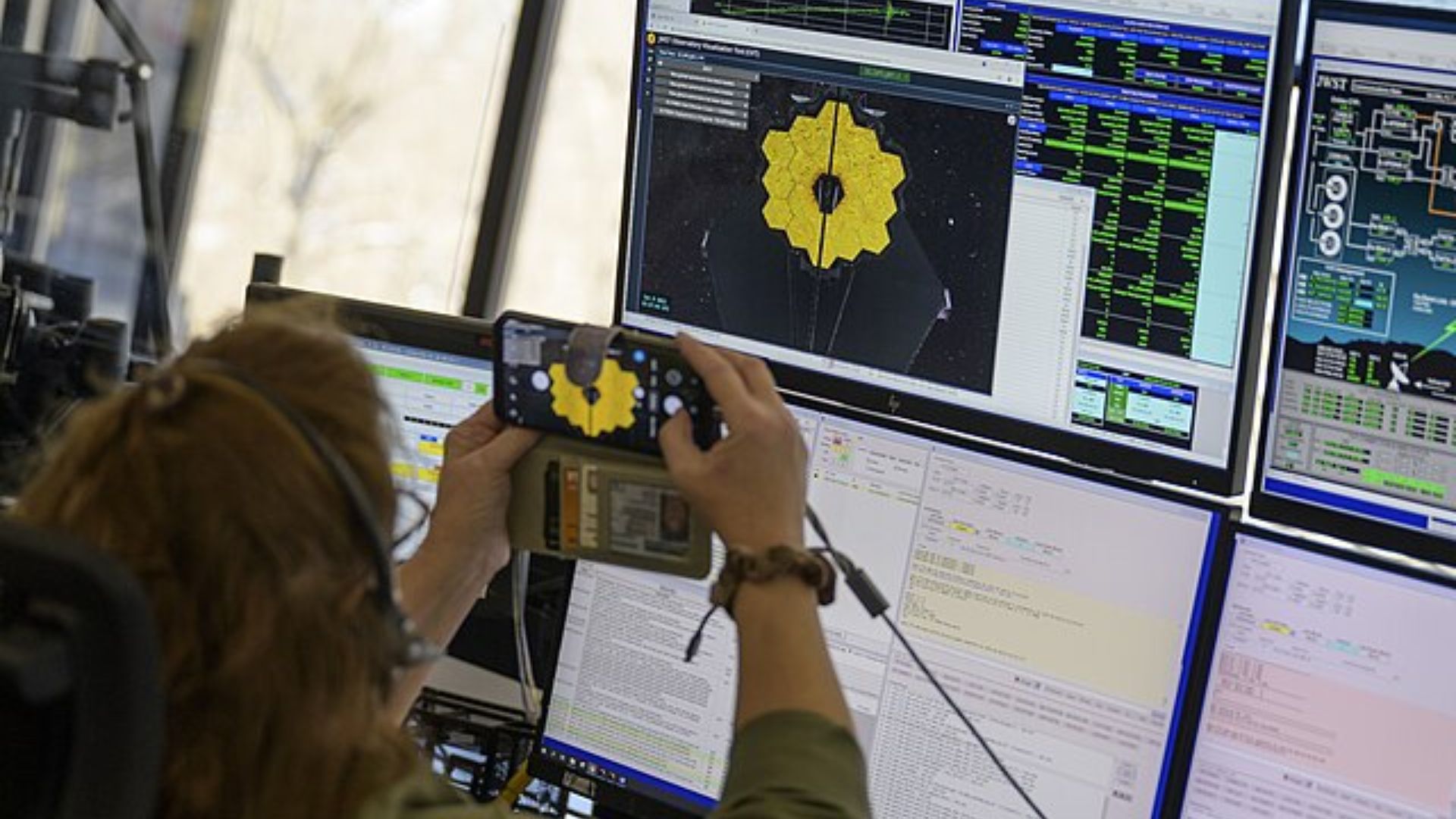
The discoveries of these dwarf galaxies have been a long and arduous work in progress. Glazebrook said that his team had spent years conducting “deeper and deeper surveys looking for the oldest and most massive galaxies that formed.”
These two galaxies undermine what astronomers understand about how dwarf galaxies tend to form and evolve. These discoveries may lead to some major reworking of our understanding of how the universe came to be.
The Calculations Were Baffling Researchers
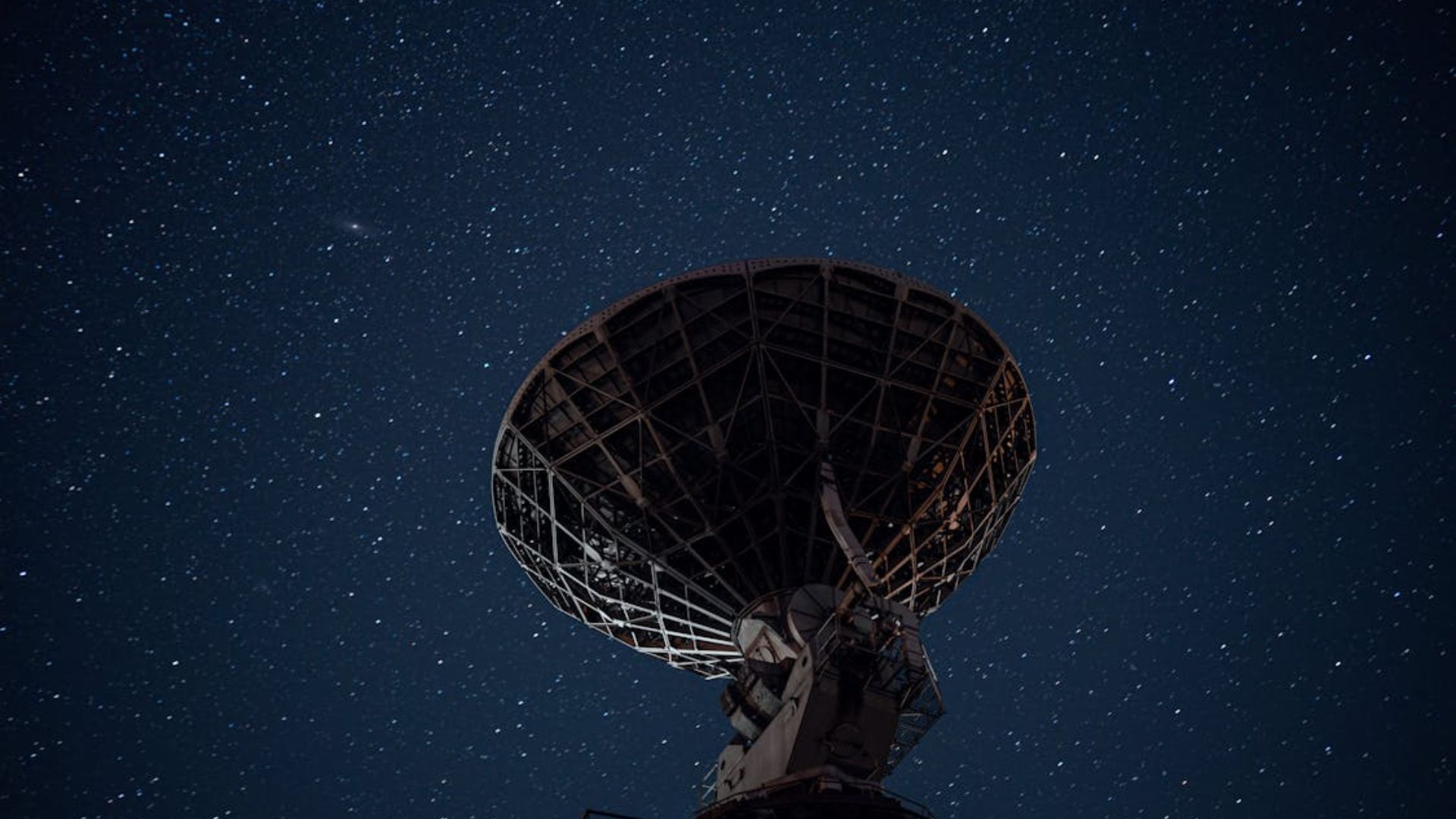
The more analysis that was carried out about the JWST-7329, the less sense it made against our understanding of dwarf galaxies.
Glazebrook said: “We did the calculations of how old it is and it’s way beyond the bounds of what’s reasonable to form in the cold dark matter dominated universe. It’s a really huge puzzle. I hope it points to the revision of how dark matter halos assemble and how galaxies are made.
New Territory for Discovery

While PEARLSDG was found by accident, this could pave the way for the discovery of more dwarf galaxies that defy our expectations.
Carleton wrote: “More detailed analysis of the star formation history of PEARLSDG and the dynamics of PEARLSDG with respect to its surroundings are needed to further understand its formation history, but this discovery suggests the possibility that many isolated quiescent galaxies are waiting to be identified and that JWST has the tools to do so.
